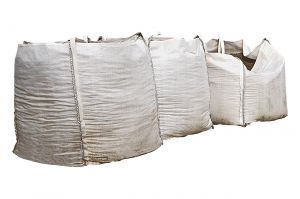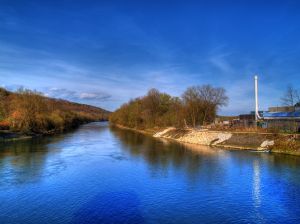
![]()
index.html The Waste, Wastewater, Sludge and Incineration Multi SiteWe have set out to provide a range of information on topics rarely covered on the web relating to waste management. OK. Not the most glamorous of subjects, but the process and technologies described on this site are essentials to modern civilisation, and their continued maintenance and smooth running is vital to the health and well-being of every individual within society. These services, provided by the municipalities around the globe, are being rapidly developed as an essential task to reduce pollution and preserve the quality of life in both our cities and our rural scene. The chances are that you as an average citizen will find yourself paying an increasing sum of money within your rates bill, as a property owner. From these articles note and understand the complexity and variety of waste and wastewater problems and the range of solutions described which continue to be developed to comabt the ever rising tide of all waste materials. Our first article below introduces a little known but important waste technology and it is include here as it is a generic
process which in different fomats at differnet sites will take all the types of wastes described within this web site for waste processing at a
variety of levels. Mechanical Biological Treatment ReviewedMechanical Biological Treatment (MBT) processes have been devised to avoid incineration but do not produce final storage quality end-products. Therefore, such MBT wastes should be landfilled and emissions should be monitored and controlled for decades or more. MBT deals with mixed waste with no obligation on householders to source separate their waste. This is convenient at first sight, but detaches the public from direct involvement in re-cycling or responsibility for their own waste. Furthemore, Mechanical Treatment alone produces an organic-rich waste called mechanically sorted organic residues (MSORs), which can be viewed as an organic content concentration process. This work demonstrated that if efficient mechanical-biological treatment is used, considerable reductions in biological activity, landfill gas production, and energy content/total organic carbon could be achieved. However, to reduce impact from landfill a high degree of removal unlikely to be achieved by current designs would be needed. Such high removal rates are not really feasible due to the cost of providing them. Anaerobic Digestion would be better than MBT. However, while biowaste which has low levels of inert matter and contrary materials mostly allows a trouble-free digestion process, mixed waste can cause severe failure of the plant with excessive downtime and large loss of production. The best MBT plants do include Anaerobic Digesters and technical developments will no doubt make them both cheaper and more easy to operate in the fullness of time. Subsidies for the power generation from the digesters biogas were and still are an incentive for decision-makers in Germany, but are not consistently available in other countries outside Scandinavia. There is nevertheless big money available, especially in countries like the UK for waste processing plant development in partnership with the
government usually let in PFI Contracts. In November 2006 The UK’s Defra was offering local authorities extra help in closing the 20 million tonne gap in waste treatment capacity needed to reach Landfill Directive targets in 2013. Defra believes up to 6 billion GBP of capital expenditure will be needed to reach the 2013 landfill diversion target of the Directive, while a further 5 billion investment could be needed to hit the 2020 target. The banks of many countries are set to finance construction of the many new regional solid waste disposal facilities needed throughout Europe within the PFI Contracts planned. These are needed to comply with the EU landfill directive and many Mechanical Biological Treatment facilities or Energy from Waste schemes are needed to comply with the targets in the EU landfill Directive and the Waste regulations. Although many Local Authorities are providing source separated collection services, enabling more to be recycled, there remains a residual waste that still requires treatment after Mechanical and Biological Treatment (MBT). However, MBT has been extensively and successfully deployed in Europe, and is now seen as the solution for many Local Authorities in countries both inside and outside Europe. Visit the Waste Treatment Technologies web site. for more information. |
Biomedical Waste Incineration Waste Incineration Plants Revealed Sewage Sludge Incineration Mechanical Biological Treatment Incineration and Acidity after NaoH Scrubbers Waste Water Treatment Technology for Organic Waste Disclaimer Privacy Statement |
(c) 2008 Waste Technologies Multi-Site

